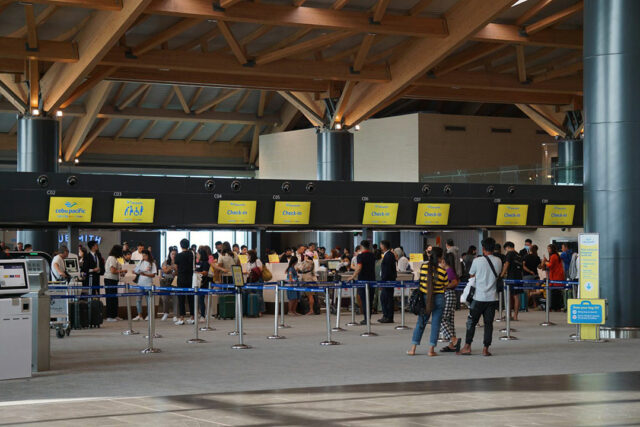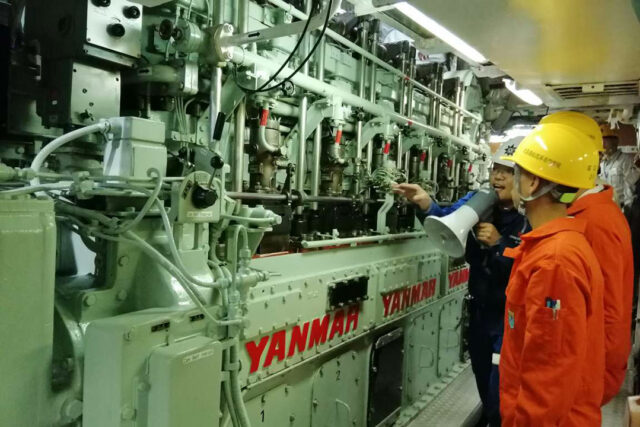That the Philippines has a crisis in education is a given. Millions of young Filipino learners are not getting the quality of education they deserve, with all the implications on their individual futures and the future of our nation. The lasting effects of the COVID-19 pandemic have also exacerbated the situation. Five years later, many learners are still facing challenges due to prolonged school closures, including learning loss and digital inequity.
The government has made education a priority. The proposed national budget for 2026 allocates the largest share to education, reflecting the government’s commitment to learning continuity and quality. For next year’s budget proposal, education is also the biggest gainer, with the allocation being increased to P1.2 trillion from this year’s P1 trillion. If it is passed, the 2026 budget will meet the UNESCO recommendation that 4% to 6% of the country’s gross domestic product should be allotted to education.
Among the priorities the education budget seeks to address are infrastructure, teacher training, digital transformation, and learning recovery programs.
But it would be foolhardy to believe that there is a single, linear solution — like increasing the budget — to the education crisis. It would also be wrong to think that a single actor, the government, bears all the responsibility. Indeed, the fronts are varied, and the approaches must be multi-faceted. And if there is one guiding principle that would help provide tangible results, it is that educating a nation is not simply the job of the government. Collaboration between the public and private sectors is necessary. A whole-of-society approach is the only way we can tackle the crisis head on.
While the task of operating the public education system lies primarily with the government, it cannot do so on its own. The public sector has numerous limitations that prevent it from achieving all its objectives within a given period. This is where the role of the private sector becomes crucial. With their resources, networks, and operational capacity, private sector actors can implement and expand education initiatives at a speed and scale that government efforts alone cannot match.
Specifically, private educational institutions can help bridge gaps in capacity, innovation, and reach. They can introduce new learning models, technology-driven facilities, and flexible learning systems to complement government efforts. They can expand access to education in areas where public school capacity is limited.
Industry partners, meanwhile, can help enhance the relevance of curricula, ensuring that what is being taught is what the industry actually needs. Here, industries can help provide training opportunities, not only for specific skills and areas but also for lifelong learning.
And then, partnerships with private donors, companies, and non-government organizations can scale up programs faster than government efforts alone. These partnerships will help bring targeted interventions to both urban and rural areas especially in marginalized communities.
A bill filed at the House of Representatives by Rep. Mercedes Alvarez of the 6th District of Negros Occidental encapsulates the collaborative spirit between the public and private sector in the field of education. The Complementarity in Education bill recognizes that the public sector alone cannot meet the diverse educational needs of the population, and that private education is a critical partner in ensuring quality, accessibility, and diversity in education. It encourages resource-sharing, innovation, and capacity building between sectors.
Among its salient points: Within three years, a system will be established by the Department of Economy, Planning, and Development (DEPDev), the Department of Education (DepEd), the Commission on Higher Education (CHED), the Technical Education and Skills Development Authority (TESDA), and the Early Childhood Care and Development (ECCD) Council to provide current and relevant information on public and private institutions, quality assessments, and career opportunities to stakeholders.
The said system will also include labor market information to help students make informed decisions on their educational and career pathways. A Partnership Board will be created, tasked to align, coordinate, and oversee strategic plans for complementarity, evaluate detrimental policies, review regulatory functions, develop a framework for assessing quality and cost-effectiveness, support research, establish dialogue mechanisms, and monitor/report on complementarity.
Grants and support programs will be created for the private sector for high-need educational programs (ECCD, Alternative Learning System [ALS]), initiatives in remote areas, industry-prioritized degrees, portable local scholarships in remote areas, and public-private partnerships (PPPs) that enhance quality and access, especially in underserved areas.
Regional compensation of teachers will be monitored so that disparities between the public and private sectors can be addressed. Complementarity will be integrated in both national and subnational plans.
The bill needs support from the people through the lawmakers who represent them.
Indeed, addressing the educational crisis by investing in quality education is a shared responsibility among government, the private sector, and the wider community, with the common goal of providing inclusive, accessible, and high-quality learning for every Filipino.
The fruits of such investment will not be apparent in the immediate term, but with sustained commitment from all sectors, we can ensure that every child, regardless of background, anywhere in the country, will be given the kind of education that every Filipino child deserves.
Victor Andres “Dindo” C. Manhit is the president of the Stratbase ADR Institute.












